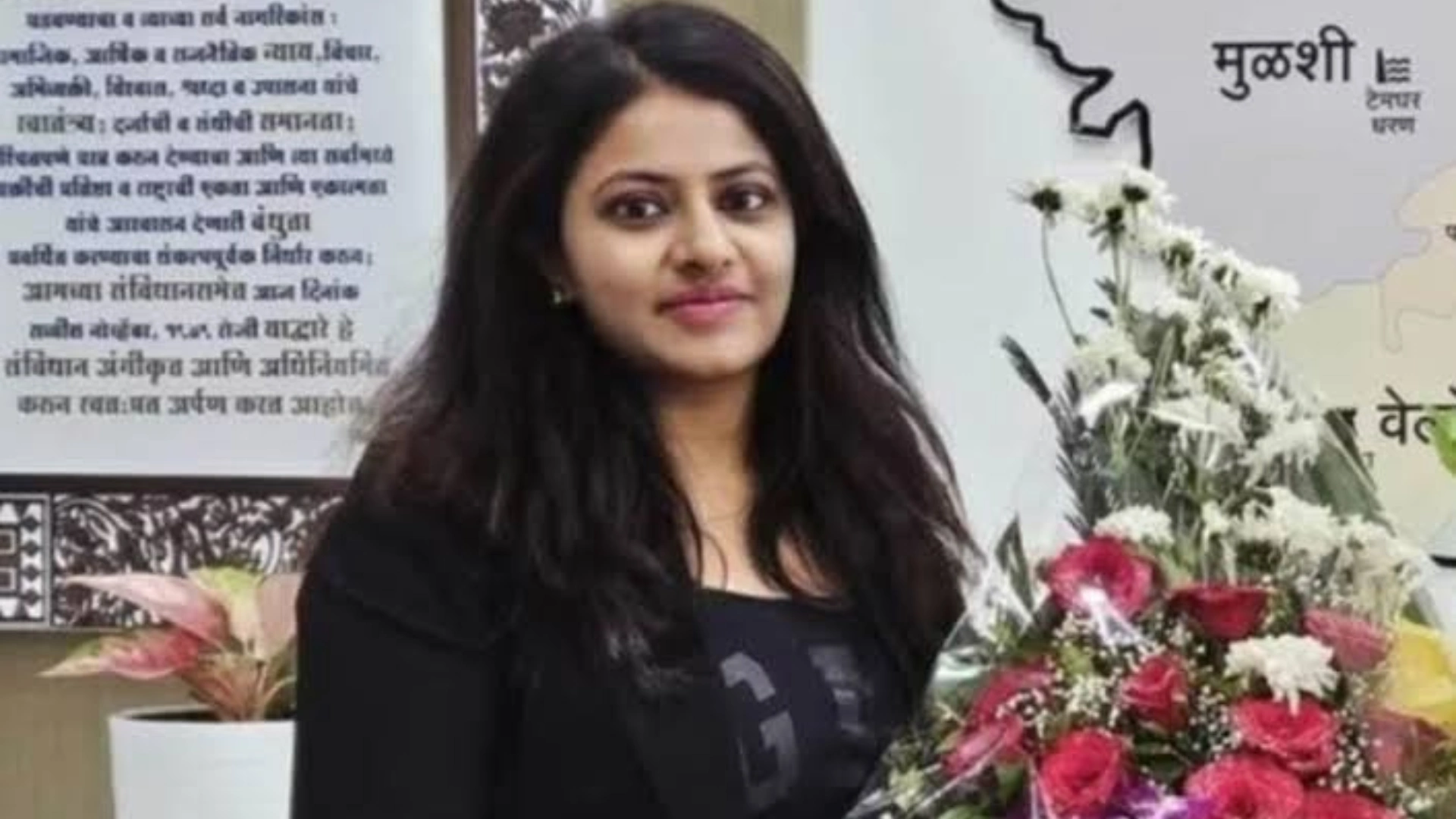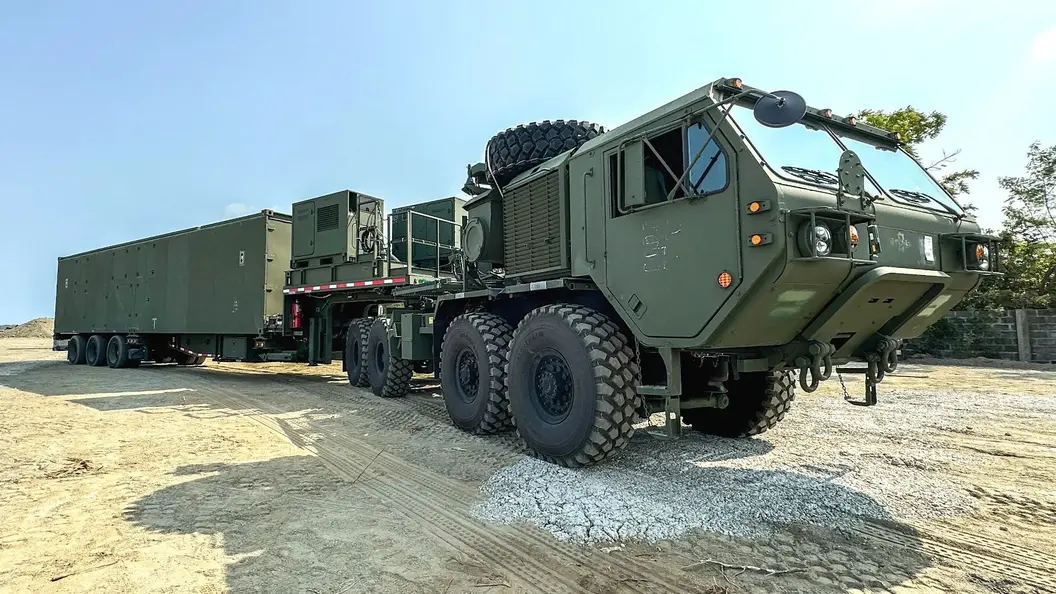According to sources, the government intends to initiate the next population census in 2025 after a delay of four years. This detailed survey is planned to start in 2025 and is likely to extend into 2026. Once the census is concluded, the delimitation of Lok Sabha constituencies is set to begin, with an expected completion timeframe around 2028.
This update comes amid calls from opposition parties advocating for a caste-based census. However, the government has not yet made a decision on this request, nor has it shared specific information regarding the procedures for the upcoming census.
When Was India’s Last Census Conducted?
India’s 2011 census, the country’s 15th, was carried out in two main stages: the house listing and the population enumeration phases. The house listing stage began on April 1, 2010, gathering details about all buildings.
During this phase, data for the National Population Register (NPR) was also collected, laying the groundwork for issuing a unique 12-digit identification number to registered Indian residents through the Unique Identification Authority of India.
The population enumeration phase followed from February 9 to 28, 2011. Conducted since 1872, this census was the first in India to gather biometric data. Preliminary reports, released on March 31, 2011, showed India’s population had reached 1.21 billion, reflecting a 17.70% growth over the previous decade. The adult literacy rate climbed to 74.04%, marking a 9.21% increase. The census adopted the motto, Our Census, Our Future.
The census spanned across India’s 28 states and 8 union territories, covering 640 districts, 5,924 sub-districts, 7,935 towns, and over 600,000 villages. Around 2.7 million officials were involved, visiting households in these areas to categorize residents by gender, religion, education, and occupation. The census operation cost approximately ₹2,200 crore (US$260 million), which was about US$0.50 per person—substantially lower than the global average of US$4.60 per person.
Responding to the demands of key political figures like Lalu Prasad Yadav and Mulayam Singh Yadav, supported by opposition parties including the BJP, Shiromani Akali Dal, Shiv Sena, and AIADMK, caste data was included in the census.
The last census to collect caste information was under British rule in 1931. Historically, people inflated their caste standing to boost social status, but more recent expectations suggested some may underreport to secure government benefits.
Although initially speculative, the inclusion of a caste-based census was eventually confirmed to estimate the exact size of the “Other Backward Classes” (OBC) population. This Socio-Economic and Caste Census (SECC) was conducted in 2011, and initial findings were disclosed by Finance Minister Arun Jaitley on July 3, 2015. For reference, the 1980 Mandal Commission report had estimated the OBC population at 52%, while the 2006 National Sample Survey Organization (NSSO) survey estimated it at 41%.
ALSO READ: What Is A Census And How Is The Census Data Collected?


















